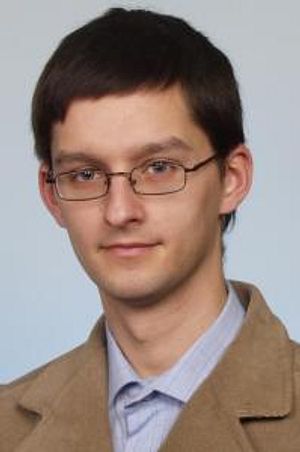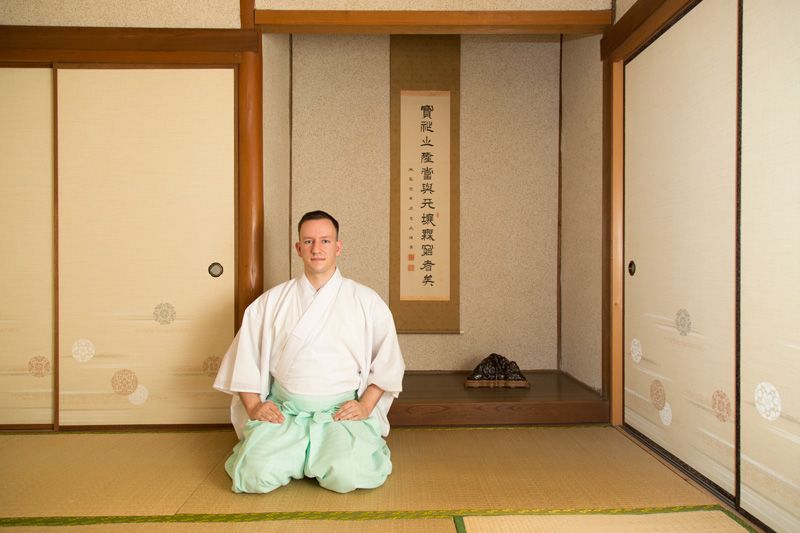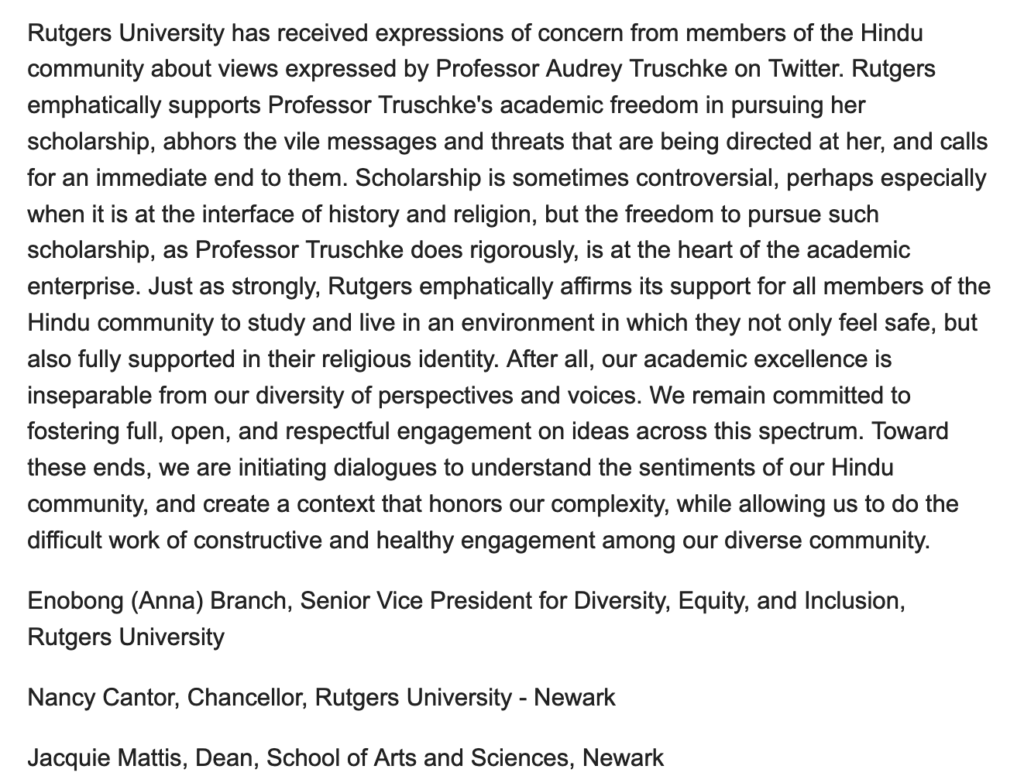Rahul Roushan’s book traces his journey from his indifference towards his Hindu religious identity, to his wholesale acceptance of it and his subsequent paranoia of how his religious identity and his way of life are being threatened by forces he believes are inimical to both.
The book, a memoir, recounts his life starting from growing up in small town Bihar, graduating from Patna University, years he spent studying in Delhi and Ahmedabad, working first in the main stream media and then as an entrepreneur.
He employs this re-telling as a vehicle to mark milestones that led to the evolution of his present ideological mooring.
The reader gets a head start on the book from its title.
It uses the words associated with the Rashrtiya Swayamsewak Sangh (RSS), the umbrella organization that’s nurtured the party currently running the central government in India- Bhartiya Janta Party (BJP), Shakha- the smallest unit/meeting of RSS volunteers and Sanghi- a term mostly used as a pejorative in online discourse, to describe people considered radical supporters of the RSS and the BJP.
Growing up in a family with no strongly held religious or political beliefs, Roushan’s religious views were shaped by religiosity displayed by his parents, he describes this as limited to celebrating Hindu festivals, and his understanding of polity and management of religious fault lines via subscription to stories of religious harmony.
Growing up in the Bihar of 1990s, he writes that the prevailing political narrative was of caste and he remained ambivalent of his religious identity. This indifference was never disturbed, although he went to schools run and owned by Hindus.
This was the India of 90s and a middle-class boy was focused on building a career and attaining financial independence.
His views on what each political party stood for shaped by what he read and saw in the mainstream media.
There was no inkling or the mental bandwidth to question the prevalent wisdom of secular and communal credentials of political parties. BJP is communal because the newspaper I read says so.
Roushan writes he was a- Congressi Hindu.
He defines Congressi Hindu as one who notionally religious and accommodative/indifferent to government largess and special rights for religious minorities.
In 2001, Roushan moves to Delhi to study communication at India’s premier Mass Communication institute, Indian Institute of Mass Communication (IIMC).
Here he is exposed to a cross-section of people.
Some of whom are unlike him.
They are deeply invested in their religious identity and hold strong views that are left leaning.
He is also exposed to behind the screen working of main stream media, its ideological biases and how the media uses its power to shape a particular narrative.
He finds a culture, that he claims underplays the role played by Muslim Fundamentalism in fomenting fault lines while exaggerating the role that Hindu fundamentalism plays.
He finds the same pattern playing out once he starts working with a main stream news channel.
This is a decade that sees 9/11, 2002 Godhara carnage and the subsequent riots in Gujarat, UPA coming to power at the Centre and 26/11.
Roushan’s experience of working with a news channel in this decade, studying in Gujrat, Roushan is a MBA from IIM Ahemdabad-closest India has to offering an equivalent of a Harvard MBA, and his stint as a media entrepreneur, Roushan founded the satirical news website Faking News which he sold to one of India’s leading media houses and worked for the media house for a while; shaped his firmly held view that the main stream media, specially the English language, in India for ideological and commercial reasons is deeply biased and staunchly anti-Hindu.
His reading of the manner in which this cohort of media has always covered India and continues to cover it post 2014 election of Narendra Modi, leaves him with no choice but consider them an extension of an establishment.
An establishment Roushan claims that is the inheritor of the British Raj, filled with a set of people who believe in civilizing the native Hindus, is indulgent to Muslim fundamentalists and continues to appease religious minorities at the cost of Hindu and national unity.
The incumbents of this establishment occupy prime positions in and use the institutions of judiciary and media to subvert the elected government and unlike the elected government are permanently entrenched.
By the turn of this decade, like most Indians he discovers social media.
It is here that he finds people who like him have started to question the received wisdom.
He discovers that there are more like him who increasingly challenge the veracity of news reports, what is printed and what is left out of them.
He has a ringside view as leading editors and anchors are found embroiled in cash for votes scam and ‘Radia Gate’ controversies.
The timing of main stream media starting to lose credibility coincides with advent and astronomical growth of social media.
Roushan finds that although grandees that of the old establishment continue to dominate conversation, it is no more a one-way street.
Their bias, incompetence and double standards are called out and their condescending attitude, hypocrisies pointed out.
It is also a place that’s increasingly full of rancor, name calling and deeply polarized on ideological lines.
It is this crowd, of mostly unknown to him participants, he finds fellow travelers, who come together to propel his journey to the corner of Sanghis although he has never been to an RSS Shakha in his life.
The writing is lucid and the book reads like Roushan is in a conversation describing his journey.
For those who follow him on twitter and have read his blog posts and commentary, his ability to explain the underpinnings of ideological stand in simple and easy to understand language should not come as a surprise.
Where the book misses out his lack of any mention of opposite currents.
Surely Roushan met someone in his journey who made a compelling case for why the ‘establishment’ exists and why some one like him should be a part of it.
After all, Roushan went to an institute and worked in a profession that he claims is a happy hunting ground for the establishment.
Then there is the larger point of his book, his commentary on Twitter and through the website he runs.
He blames the establishment for being fundamentalist and a closed shop driven by its hatred for all things Hindu.
How does contributing to an eco-system that is as fundamentalist and as much a closed shop help.
Surely, he does not believe demography can be wished away.
To his credit he has taken the next steps via his work on a Hindu Charter and his writing on a possible way forward.
He does not cover those in this book. Perhaps there is a sequel to this book in works, where Roushan lays out his ideas on role and place of Non-Hindus in India.
In his seminal book Creating A New Medina, Venkat Dhulipala credits the role played by Urdu news media as one of the factors that solidified the idea of two nation theory and helped build the groundswell of support amongst the Muslim population that finally led to partition of the Indian sub-continent on religious lines.
As I read the book, I could not help but wonder if a century later, social media and online journalism is playing a similar role in amplifying and consolidating religious identities, both amongst Hindus and Muslims.
Rahul’s book is a must read for anyone interested in getting a sense of how one side of the ideological divide sees and reads India. With over three hundred thousand followers on Twitter and as a CEO of popular new portal opindia, Rahul’s is significant voice.
It is also a brave voice, for having taken a side this openly and running a news platform he is taking on the political opposition and burning all bridges within the media fraternity. I for one do not rule out the possibility of an Arnab redux happening to him if the present government is voted out.
Through the book Rahul also brings out the story of how India is changing.
Not too far ago, a boy from small town India would have found it virtually impossible to make a career in media without being employed by one of the bigger media houses, let alone being a meaningful influencer, MBA from IIM Ahmedabad notwithstanding.
They may still not easily get to write for columns for foreign newspapers, work for think tanks, participate in track 2 diplomacy or teach at liberal campuses, but they are shaping the discourse and our politics far more easily and more effectively.
 In this episode Mukuna and Omar talk to Krzysztof Iwanek (aka Chris), who heads the Asia Research Center in the War Studies University in Warsaw, Poland. Chris also writes regularly for “The Diplomat” and is writing a book about the Ram Rajya Parishad Party (a small traditional Hindu party in India). We talk about Indian politics, his research and whatever else comes up..
In this episode Mukuna and Omar talk to Krzysztof Iwanek (aka Chris), who heads the Asia Research Center in the War Studies University in Warsaw, Poland. Chris also writes regularly for “The Diplomat” and is writing a book about the Ram Rajya Parishad Party (a small traditional Hindu party in India). We talk about Indian politics, his research and whatever else comes up..

